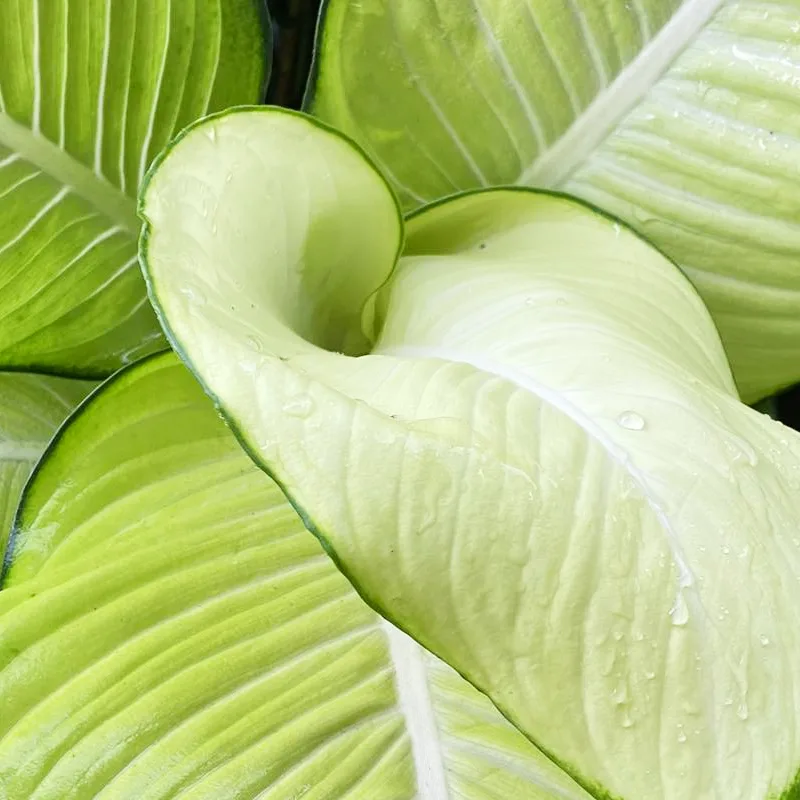Cuphea Honeybells: Frequently Asked Questions
Cuphea Honeybells is a fascinating plant that I’ve come to admire for its unique appearance and versatility. Over time, I’ve gathered quite a bit of knowledge about this plant, and I’d love to share some insights and answer some of the most common questions I’ve encountered.
253 Species in Genus Cuphea
What Is Cuphea Honeybells?
Cuphea Honeybells, known scientifically as Cuphea Micropetala, is a stunning flowering plant that’s native to Mexico. This plant stands out for its tubular flowers, which transition from bright yellow to a rich, vibrant orange as they mature. These blossoms resemble tiny honeybells, hence the name, and they attract hummingbirds and butterflies like magnets.
I’ve found that Cuphea Honeybells are perfect for adding a splash of color to the garden, especially during the late summer and fall months when other plants might be fading. They’re also relatively easy to grow, which is always a plus in my book.
How to Care for Cuphea Honeybells?
Caring for Cuphea Honeybells isn’t too complicated, but there are a few key things to keep in mind to ensure they thrive.
Sunlight
Cuphea Honeybells love the sun. I’ve noticed that they perform best in full sunlight, although they can tolerate partial shade. If you’re planting them in a spot with some shade, just make sure they still get a good amount of direct sunlight each day.
Watering
When it comes to watering, these plants prefer well-drained soil. I’ve made the mistake of overwatering them before, and they don’t appreciate it. The soil should be kept moist, but not soggy. During the hotter months, I water them more frequently to keep them hydrated.
Soil
Cuphea Honeybells aren’t too picky about soil, but they do best in soil that’s rich and well-drained. I usually add some compost to the planting site to give them a nutrient boost. If you have clay soil like I do, it’s a good idea to mix in some sand or perlite to improve drainage.
Fertilizing
A balanced fertilizer works wonders for Cuphea Honeybells. I usually feed them once a month during the growing season with a general-purpose fertilizer. This helps them maintain their vibrant blooms and lush foliage.
How to Propagate Cuphea Honeybells?
Propagating Cuphea Honeybells is quite simple, and I’ve had success with both seeds and cuttings.
From Seeds
Starting from seeds is straightforward. I plant the seeds in a well-draining potting mix and keep them moist until they germinate. It usually takes a couple of weeks for them to sprout. Once the seedlings are large enough to handle, I transplant them into the garden or a larger pot.
From Cuttings
I’ve found that stem cuttings are another effective way to propagate Cuphea Honeybells. I take a cutting from a healthy, mature plant in the spring or early summer, remove the lower leaves, and dip the cut end in rooting hormone. Then, I plant the cutting in a pot with a moist, well-draining mix and keep it in a warm, bright spot until roots develop.
What to Plant with Cuphea Honeybells?
Choosing companion plants for Cuphea Honeybells can enhance the overall appeal of your garden. I like to pair them with other sun-loving perennials like Salvia, Coreopsis, or Echinacea. These combinations create a vibrant and dynamic display of colors and textures.
I also find that ornamental grasses complement Cuphea Honeybells beautifully. Their feathery plumes provide a nice contrast to the bold, tubular flowers. Plus, they share similar sunlight and watering requirements, making them easy to care for together.
How to Use Cuphea Honeybells in the Garden?
Cuphea Honeybells is incredibly versatile, and I’ve used them in various ways in my garden.
Borders and Edging
One of my favorite ways to use Cuphea Honeybells is along garden borders and edges. Their upright growth habit and bright flowers make them an excellent choice for defining garden spaces.
Containers
I also enjoy growing Cuphea Honeybells in containers. They’re a great way to add color to patios, balconies, or any spot where you want a burst of color. Just make sure the container has good drainage, and don’t forget to water regularly.
Pollinator Gardens
Given their appeal to hummingbirds and butterflies, Cuphea Honeybells are a must-have in any pollinator garden. I’ve noticed that they attract these beneficial creatures more than many other plants, making them a key component of my garden’s ecosystem.
Is Cuphea Honeybells Toxic?
One question that often comes up is whether Cuphea Honeybells is toxic. Based on my research and experience, Cuphea Honeybells is considered non-toxic to both humans and pets. This makes them a safe choice for gardens where children or animals are present.
Common Pests and Problems
In my experience, Cuphea Honeybells is relatively pest-resistant, but it’s not completely immune. Aphids and spider mites can sometimes be an issue, especially in hot, dry conditions. I keep an eye out for any signs of infestation and treat them promptly with insecticidal soap or neem oil.
Another thing to watch out for is root rot, which can occur if the plant is overwatered or if the soil doesn’t drain well. Proper watering and soil management are key to preventing this problem.
Conclusion
Cuphea Honeybells has become one of my go-to plants for adding vibrant color and attracting pollinators to my garden. Its ease of care, versatility, and non-toxic nature make it a wonderful addition to any garden. Whether you’re planting it in borders, containers, or pollinator gardens, this plant is sure to bring joy and beauty to your outdoor space.
If i die, water my plants!



